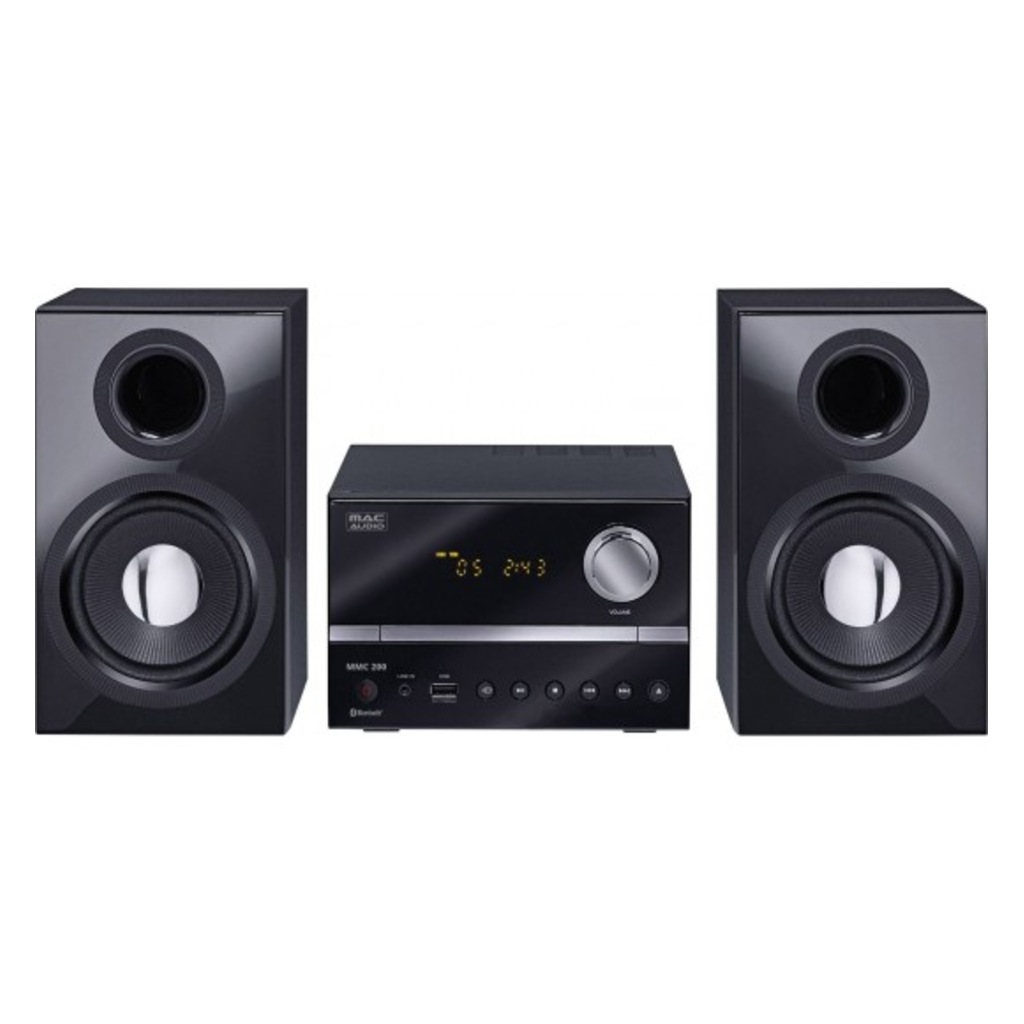Download SETI-Web. Web based SETI@Home statistics for free. SETIweb, a group of PERL programs to retrieve, track and store team and user statistics from SETI@Home. The scripts get data from SETI@Home, store it in MySQL, and then generate tables, graphs and projections. Drag the downloaded file over Stuffit Expander. This will create a file named SETI.plug (Mac). Go to the folder where you installed Starry Night Backyard or Pro. From there, go to the folder Starry Night Backyard Data (if you have Backyard), or the folder Starry Night Pro Data (if you have Pro), and then go to the folder Plug-ins (Mac). SETI Institute researchers look for both microscopic and macroscopic life using a variety of instruments and strategies: rovers, orbiters, field expeditions, and radio telescopes are just a few.
2007 December 21/22:Ursid shower outburst,
Ursid MAC mission (proposed).
December-January:
A chrismas comet(h)!
Parent comet 8P/Tuttle
visible in evening sky,
+5.7 magnitude in Pisces.

Report your observations:
Report your observations of 8P/Tuttle to: pjenniskens [at] seti.org.
Information for media:
Media inquiries should be directed at the NASA Ames Public Affairs Office: rachel.l.prucey [at] nasa.gov.
Ursids at a glance
When:Date: 2007 December 22
Peak time: peak at about 20 - 22.2 h UT (= 12 h a.m. - 2.2 h p.m. Pacific Standard Time).
Width: 5 - 8.5 hours above half the peak rate
What:
Peak rate: ZHR perhaps 40 - 70 per hour
Meteor brightness: mostly faint meteors?
Shower radiant: constellation Ursa Minor (Radiant at RA = 218.3, Decl. = +75.5)
Entry speed: Vinf = 35 km/s; Vg = 33.52 km/s
Where:
Visible from: N. Europe, N. Asia, Arctic
[see flux applet for visibility from your location]
Moon:
98 percent illuminated, in Taurus, high in the sky
Best viewing direction:
Best viewing: Keep Moon out of field of view (best to block behind obstruction such as telephone pole, then watch whole sky), avoid city haze that scatters moonlight
Best direction: North
Best time: Early evening and early morning when the Moon is low in the sky
Important because:
Hard to see meteor shower outburst that only occurs when the parent comet 8P/Tuttle returns (due January 2008). Old dust that holds clues to how cometary dust weathers the space environment.
Seti@home For Mac
Public interest:
The Ursid shower is very hard to observe from the ground, but can be detected with intensified cameras and low-light-level cameras that adjust to the bright Moon background light.
A more direct way to participate in the mission is by observing the parent comet 8P/Tuttle with your telescope and CCD camera when it makes its favorable return in December of 2007 and January of 2008. More information.
Seti For Mac

Seti For Mac
More information:
General tips on observing meteor showers from the American Meteor Society and the International Meteor Organization.
Photo credit:
Banner photo shows Earth from the perspective of the approaching Ursid meteoroids, and the orbit of 8P/Tuttle as shown by the Orbit Viewer applet orignially written by Osama Ajiki (AstroArts) and modified by Ron Baalke (JPL).
